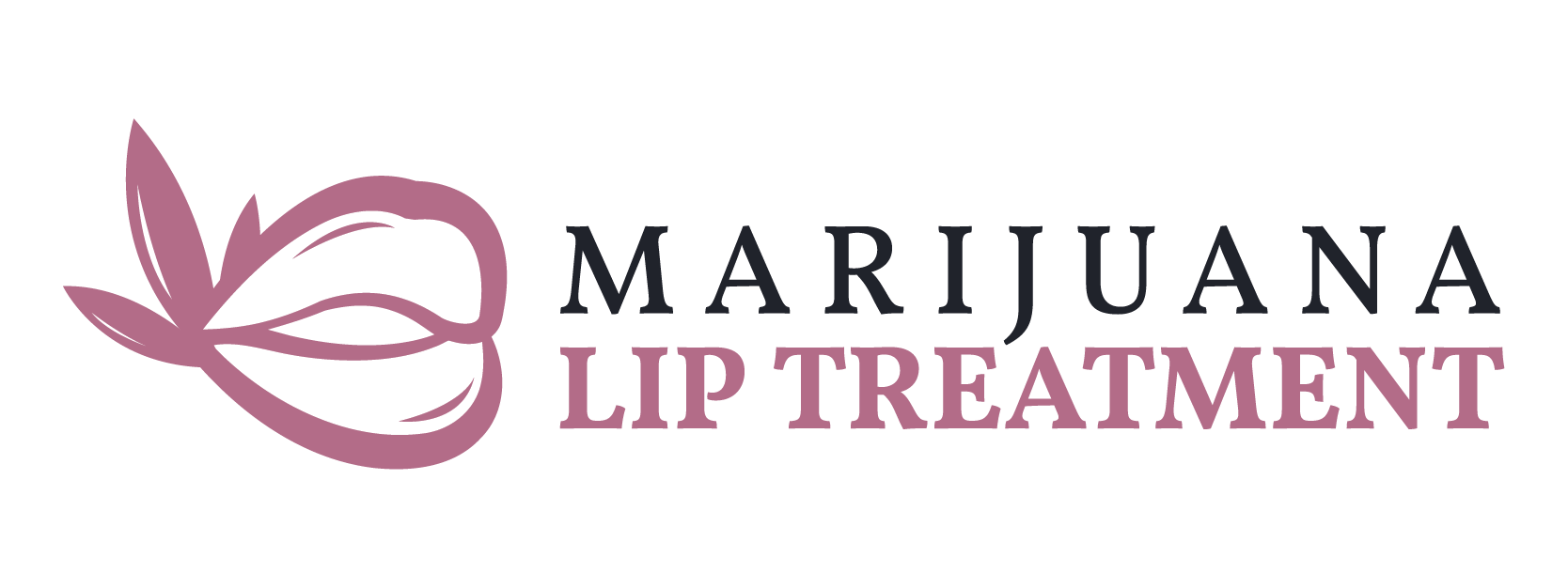For curious shoppers exploring the growing world of cannabis-infused beauty, one common question arises: are retail marijuana lip balms the same as those sold in dispensaries? The answer is—not quite. While both share a similar purpose of hydrating and protecting lips, their formulations, testing standards, and legal classifications can vary greatly.
Regulatory Foundations
At the federal level, the Food and Drug Administration (FDA) regulates cosmetics under the Federal Food, Drug, and Cosmetic Act. This means that any cosmetic sold across state lines must not be “adulterated” or “misbranded.” However, when a product contains CBD (cannabidiol) or THC (tetrahydrocannabinol), additional scrutiny applies. The FDA currently prohibits both THC and CBD from being marketed as dietary supplements or ingredients in foods, and they remain under review for use in cosmetics.
By contrast, dispensary-sold products operate under state cannabis regulations, which often include strict requirements for testing, labeling, and distribution. For instance, states like California mandate comprehensive testing for pesticides, heavy metals, and residual solvents, as well as child-resistant packaging and traceability systems for every cannabis-infused item sold.
Ingredient and Potency Differences
The most notable distinction lies in the source and potency of cannabinoids. Dispensary lip balms may contain THC, full-spectrum CBD, or broad-spectrum extracts with higher cannabinoid concentrations. These products are produced under state-licensed conditions, ensuring precise labeling of cannabinoid content.
Retail lip balms, on the other hand, typically use hemp-derived CBD or hemp seed oil, which naturally contains little to no THC (less than 0.3% by law under the 2018 Farm Bill). Some retail products use only hemp oil, which offers moisturizing benefits but lacks cannabinoids altogether. This makes most store-bought versions more cosmetic than therapeutic.
Testing and Transparency
Dispensary products must undergo third-party lab testing for purity, potency, and safety. Consumers can often scan QR codes on packaging to view a Certificate of Analysis (COA) confirming the absence of contaminants and verifying cannabinoid levels.
Retail cannabis or hemp balms, however, are considered cosmetics rather than regulated cannabis goods. This means that while they must adhere to general cosmetic safety and labeling laws, there is no federal requirement for lab testing. As a result, product quality can vary widely between brands.
Labeling and Consumer Protection
Dispensary lip balms feature batch numbers, cannabinoid content, license information, and safety warnings in compliance with state cannabis laws. Retail products, though labeled according to FDA cosmetic standards, may list only general ingredients without detailed cannabinoid data. Shoppers should be cautious of unverified claims such as “medical-grade” or “THC-infused,” which may not reflect reality.
For the Informed Shopper
Ultimately, retail and dispensary marijuana lip balms serve different markets. Dispensary versions offer higher cannabinoid potency, regulatory oversight, and lab-backed transparency, while retail options provide convenience and accessibility with milder or hemp-only formulas.
For those seeking therapeutic benefits or verified cannabinoid content, dispensary products are likely the better choice. But for consumers who simply want nourishing, plant-based lip care, hemp-infused retail balms remain a safe and widely available option.
